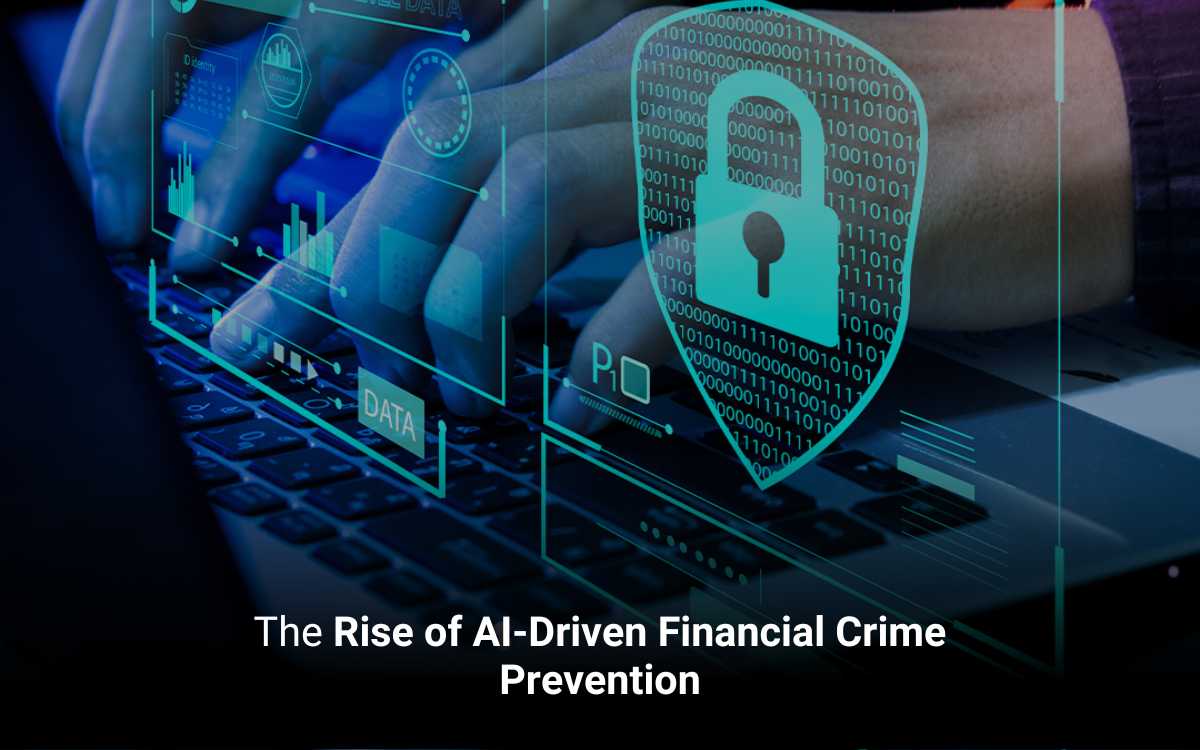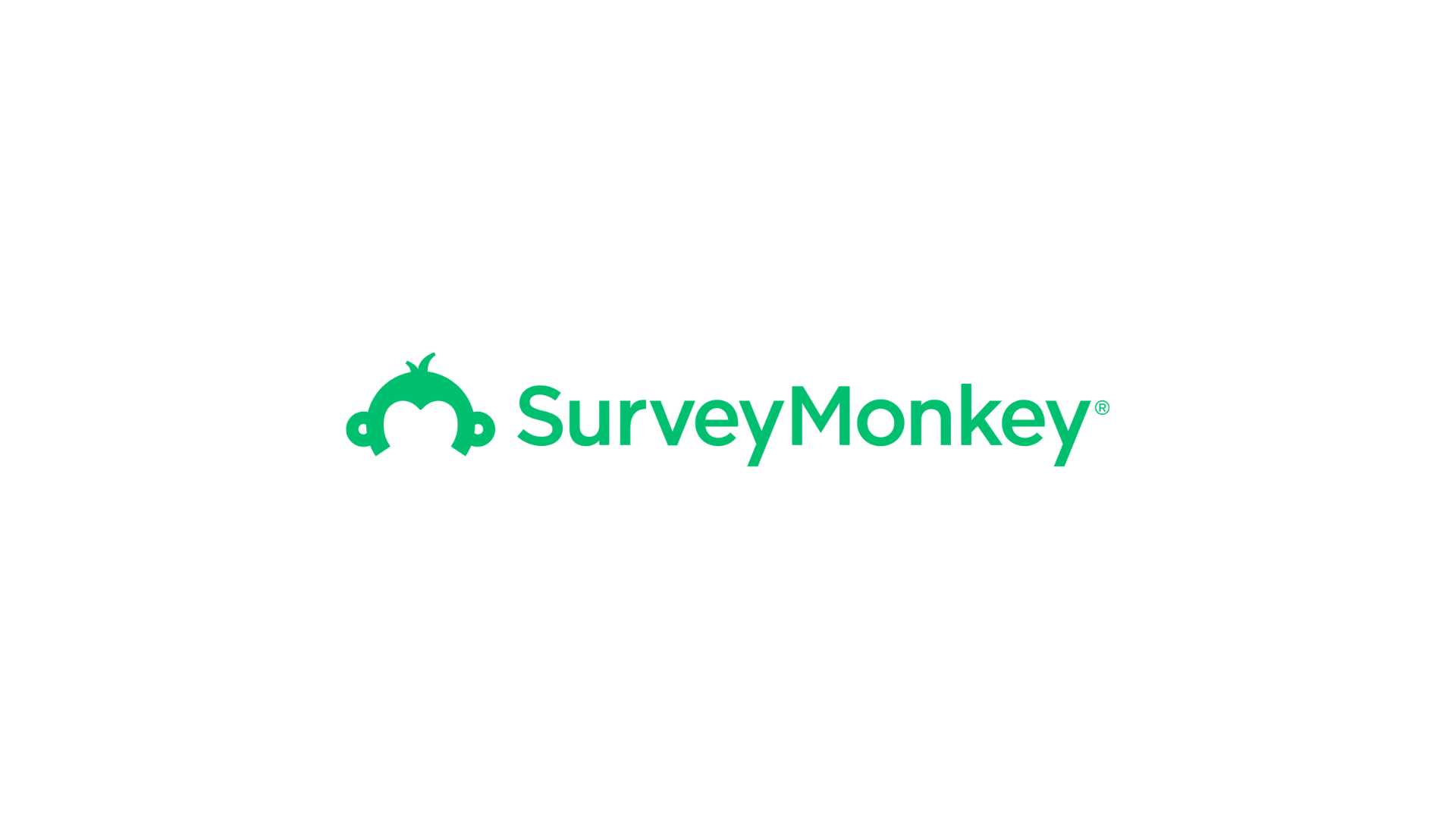The Rise of AI-Driven Financial Crime Prevention

A large bank suddenly detects a spate of transactions flowing through newly opened accounts, each of them evading traditional systems of detection. Now, AI flags the anomaly, links it to a money-laundering network, and freezes those suspicious accounts. This is how AI is helping organizations fight financial crimes.
AI helps in pattern detection through advanced ML algorithms to identify suspicious activity, while NLP monitors documents and reports for early signs of cyber fraud and works in seamless integration with KYC and AML. AI also delivers real-time response and risk mitigation through predictive analytics that anticipate the next credible threat.
How AI Helps in Preventing Financial Crimes: Explanation.
How AI Helps in Financial Crime Prevention
Ways in which AI helps combat financial crimes include the following:
1. Pattern Recognition and Anomaly Detection
Unusual behaviors such as sudden fund transfers or spending patterns that indicate fraud or money laundering are examples of what AI can detect. A payment platform, for instance, has ML models that are applied across merchant accounts to detect irregular spikes in transactions and prevent fraudulent activity beforehand.
2. Enhancing AML and KYC Compliance
AI-powered solutions enhance the AML/KYC process by automating data verification and identity validation. As an example, an AI-powered bank can screen datasets from global watchlists, corporate registries, and transaction histories to identify high-risk entities.
3. Predictive Risk Modeling to Inform Decision-making
The AI acts through predictive analytics to assess potential risks. The AI models can forecast which vendors would possibly pose reputational risks. Example: By employing AI, a lending institution identifies the probability of fraud or insolvency based on behavioral patterns and external data sources.
4. Improving Cybersecurity and Threat Detection
Financial crimes also include equally damaging insider breaches. AI-powered behavioral analytics tools can track employee access patterns, tone of communication, and login anomalies to point out potential internal fraud. Such systems can, for example, notify compliance officers in a financial services firm if an employee downloads sensitive client data outside of working hours, enabling intervention and prevention.
AI in Financial Crime Prevention: Challenges and Future Trends
Following are some of the key challenges and future trends in shaping how AI will continue to change financial crime prevention.
Key Challenges and Solutions
1. False Positives and Model Overfitting
Challenge: The main pain points of AI-led AML and fraud detection-which are among the most common issues in the industry-is the high number of false positives. Sensitive algorithms could flag legitimate transactions as suspicious, leading to compliance fatigue.
Solution: Combine AI with human-in-the-loop validation, where flagged alerts are reviewed by compliance experts. Continuous training of the model based on known use cases teaches the AI about context and prevents unnecessary alerts. For example, reinforcement learning models can be deployed, whereby the model adjusts itself based on analyst feedback.
2. Complying with Regulations and Ethics
Challenge: The increasing regulations in this area raise concerns about how evolving AI systems handle sensitive financial data ethically. This now demands regulators to expect explainability-that is, to justify why one transaction was flagged or blocked.
Solution: Adopt XAI frameworks that make the decision-making transparent and auditable. Create internal compliance dashboards that monitor AI outcomes.
A neobank can utilize such tools to give detailed reasoning for each of its AML decisions to the regulators.
3. Talent and Skill Gaps
Challenge: Deployment of AI in the fight against financial crime requires skills in data science and cybersecurity-all in short supply. Many institutions are forced to lean on legacy compliance teams without the right skills to interpret AI insights.
Solution: Commit to cross-functional training programs and establish partnerships with AI research firms. Nurture collaboration among data scientists, risk officers, and compliance leaders. For instance, an investment bank can set up an internal AI Center of Excellence to put technical innovation in tune with a governance framework.
4. Evolving Threat Landscape
Challenge: Financial criminals use AI to develop sophisticated phishing campaigns and deepfakes. That has created a non-stop “race” between them and the financial institutions.
Solution: Deploy adaptive AI systems that evolve with emerging threats. Utilize predictive analytics coupled with behavioral biometrics to identify new attack vectors. The digital lending platform, for instance, can apply AI behavioral profiling to detect unusual borrower activity patterns.
Future Directions in AI-Driven Financial Crime Prevention
1. Convergence of AI, Blockchain, and Cloud Security
Financial crime prevention will involve integrating AI into blockchain to extend the visibility of transactions. Smart contracts can verify the authenticity of transactions, and AI will monitor anomalies. Cloud-based AI models will enable real-time risk detection across global operations.
2. Rise of Federated Learning for Data Privacy
Federated learning is a strong emerging approach that enables multiple institutions to train AI models collaboratively without actually sharing raw data. For example, a consortium of insurance providers might employ federated AI models in the joint detection of fraudulent trends while keeping all data confidential.
3. Explainable and Ethical AI Becoming the Norm
They will embed explainability directly into AI models, starting in the design phase; from decisions such as whether a transaction should be approved or an account frozen, for example, can be justified to stakeholders and regulators.
4. Increased Collaboration Between Institutions and Regulators
Regulatory partnerships will create an avenue for banks, FinTech’s, and governments to co-create AI standards. The collective approach will accelerate safe innovation while reducing systemic risks.
Conclusion
AI doesn’t just detect fraud; it learns from it. Each interaction, transaction, or alert makes the system smarter. As capable as AI is, though, its success rests on one thing: trust. Explainable AI and strong ethics in data governance should be part of that implementation. Let innovation be welcomed, compliance strengthened, and a future envisioned wherein AI powers financial trust.



